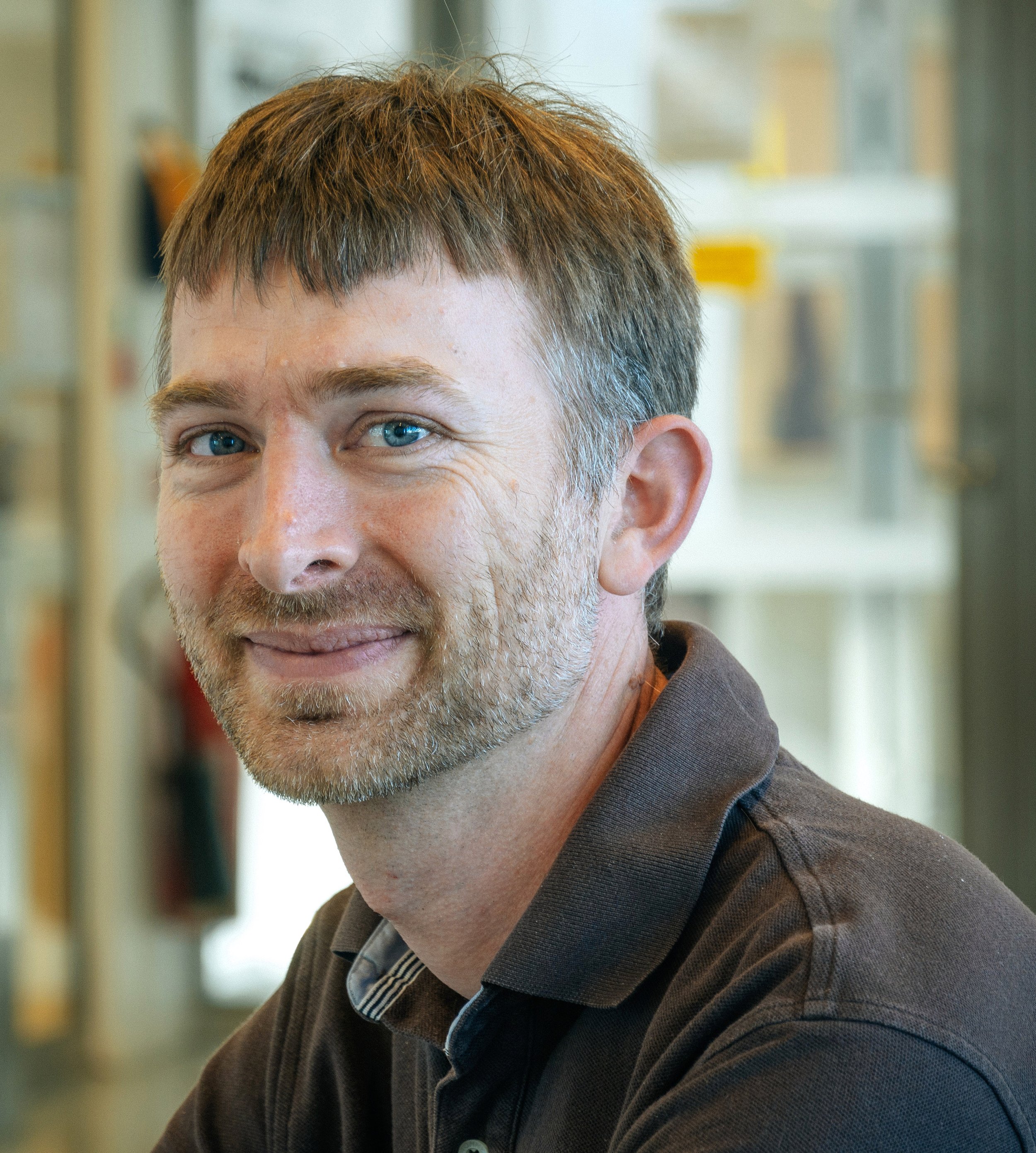LINXS' theme AIDA will be a hub for learning and training on imaging techniques
LINXS’ new theme, Advanced Imaging and Data Analysis, AIDA, aims to offer a comprehensive perspective on imaging techniques using X-rays and neutrons. Theme members Martin Bech and Karina Thånell hope it will enable great science by providing training and learning whilst also encouraging scientists to push their instruments and sample environments further in response to new scientific challenges.
Karina Thånell is researcher and group manager for the Imaging unit at MAX IV.
Theme leader Martin Bech is senior lecturer at Medical Radiation Physics, Lund University.
– The new beamlines at MAX IV are really pushing the imaging community forward. As we get a better overview of what it needs, it is clear that current bottlenecks for many new users are sample and experiment preparation, and data analysis and interpretation, says co-leader Karina Thånell, researcher and group manager for the Imaging unit at MAX IV.
Karina and Martin envisage AIDA as providing a structure for learning, education and advancement on imaging techniques: enabling the community to grow, while also pushing forward methods and approaches.
– One of our hopes is to create a self-contained structure that people can access if they need help. Because it is like an ongoing boiling kettle: there will always be new people who need to be educated on what is out there; what you can do, how you get beamtime, and what other techniques one can combine with imaging, says theme leader Martin Bech, senior lecturer at Medical Radiation Physics, Lund University.
The activities within AIDA will be open to everyone from students to more experienced users, and the idea is that some of the events will be targeted at different user communities.
To facilitate this approach, the theme has decided to structure its work both within interdisciplinary working groups: WG1. Spectral nano-imaging, WG2. Micro-tomographic imaging, and WG3. Advanced image processing; and across different advanced study groups. Currently there are three such groups: Tissue and in vivo; Paleontology and Geotech; and Food and biotech. Within the theme there is space for two more groups to allow for researchers to coalesce around new topics and areas.
– People from different scientific backgrounds will have different needs and questions, although they will of course share general user needs relating to imaging techniques. With our advanced study groups, we aim to create a platform to explore certain fields of science more in detail, says Martin Bech.
Spearheading unknown scientific questions
The ability of imaging techniques to spearhead hitherto unknown scientific questions and approaches are what drives both Martin and Karina to work with the AIDA theme. They note how it will allow for a more holistic approach to imaging, where they can highlight a range of applications and complementary techniques. Having the theme at LINXS is optimal as it is placed right in the middle of the ESS and MAX IV facilities, with a theme model that supports interdisciplinary research and collaboration.
– My experience from being involved in the Imaging and IPDD themes, is that regardless of discipline people can learn from taking a similar approach, and many find similarities between fields they didn’t know existed. Creating similar synergies within AIDA, is something I am very much looking forward to, says Martin Bech.
Karina Thånell adds:
– An image can say more than a thousand words. But you need to know what you are looking at! With AIDA, we want to give more people possibility to apply imaging techniques to scientific questions, and show all the possibilities that are currently out there: whether they are more focused on chemistry, or on different material structures.
AIDA’s first event: multimodal multispectral microscopy,
AIDA ‘s first event is a partner event on 9-10 January in Lund. It will focus on multimodal multispectral microscopy, and is a joint activity hosted by AIDA and MAX IV in collaboration with other European synchrotrons.
The ambition is that this event will spark discussion on how to combine instrument scientists’ expertise to provide opportunities for researchers to perform experiments at different facilities across Europe.
Read more about the AIDA theme



